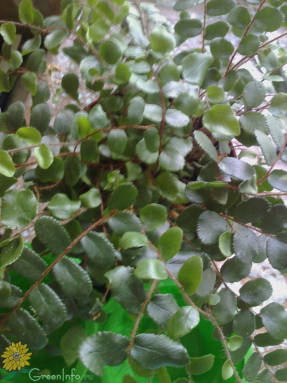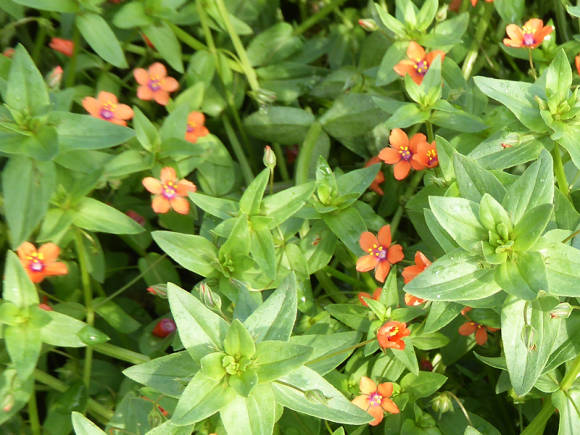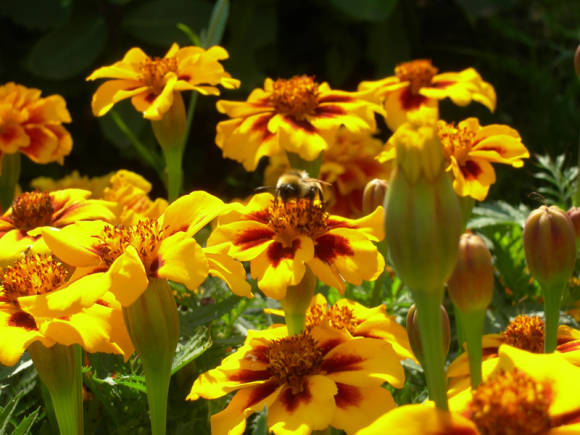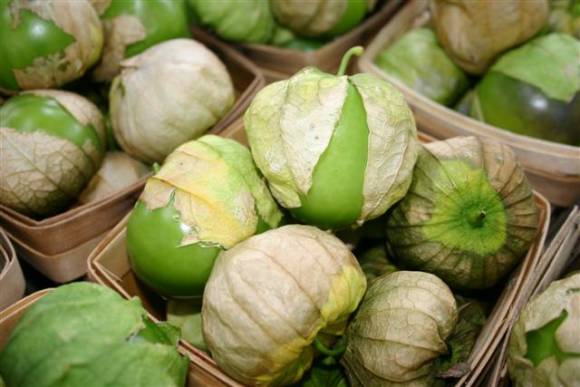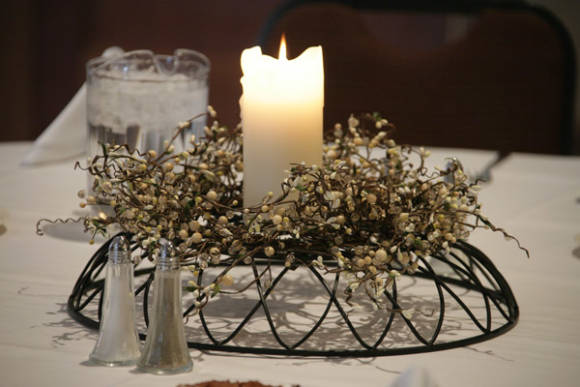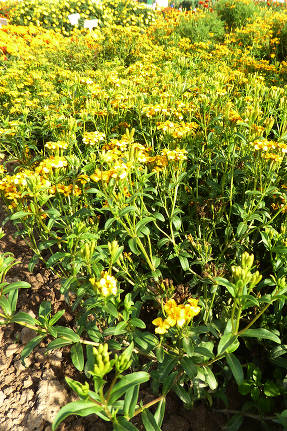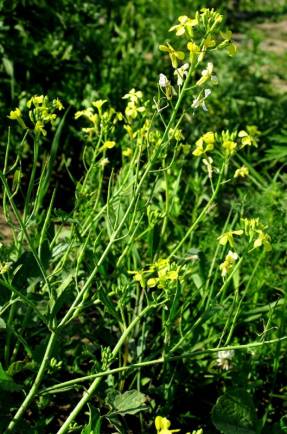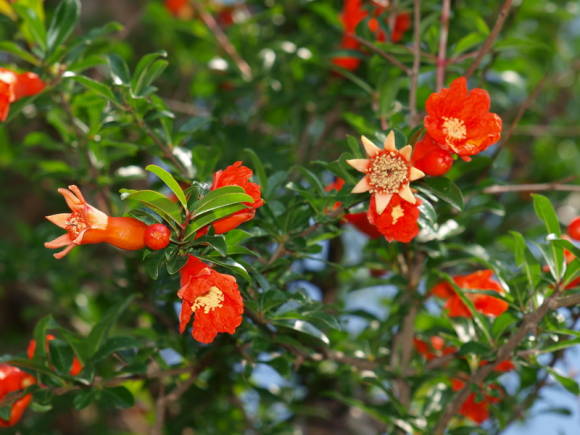Livistons are one of the most decorative fan palms. Young plants can be a wonderful decoration for any interior.
Livistons grow mainly in countries with a subtropical climate, on poor sandy and well-moist soils. Many species are able to endure short-term temperature drops below 0 degrees with a possible loss of decorative effect. They prefer to grow in places open to the sun. Most of the species are tall plants, up to 25-40 m, and are often cultivated outdoors in countries with warm winters, they can also grow on the Black Sea coast of the Caucasus.
 |
Due to their slow growth rate, these palms are also well suited for potted households. Young specimens usually have not so deeply dissected leaves as in adult plants, but this does not in the least reduce their decorative effect. Livistona southern, Chinese Liviston are most often grown as potted plants. It is necessary to mention also about Liviston round-leaved, which, on the basis of DNA research, is now assigned to another genus called round-leaved saribus. Caring for this plant differs little from caring for Livistons, but saribus is a more thermophilic palm tree, native to the tropics, so winter temperatures should not drop below + 18 ° C. Read more about the features of these and other species on the Liviston page.
Illumination. Young plants in their natural habitat require protection from direct sun. But when grown on windowsills, such a bright sun almost never happens. In the summer noon hours, not so much protection from intense light is required, but rather from overheating of the leaf blades. The leaves do not suffer from sunlight, but from overheating through the glass. Therefore, in the summer they must be sure to provide good ventilation. It is useful in the warm season to take the plant out into the open air in the light shade of trees.
Watering. In open field conditions, mature palms can easily survive short periods of drought, their deeply growing taproots are able to provide plants with water. When growing at home in pots, Liviston does not tolerate overdrying well. Water the palm regularly with soft, warm water, avoiding stagnant moisture. In winter, when the content is cool, watering should be slightly reduced.
Temperature. The optimum temperature in summer is about + 20 + 24 ° C, in extreme heat it is necessary to ensure good air circulation near the plant and increase the air humidity. In winter, it is advisable to provide the palm tree with coolness, keep it at a temperature of about + 15 ° C and in the brightest light.
Air humidity for Livistons, an increased one is required. In a warm room, frequent spraying is desirable, especially during the heat. Regular warm showers are helpful. In cool conditions, at temperatures below + 18 ° C, spraying should be canceled. It is always necessary to ensure that there is good air exchange in the room, but in winter to exclude cold drafts.
 |
Soils and transplants. As a substrate for Livistons, ready-made soil for palm trees is suitable. It should contain coarse sand and perlite, this will ensure good drainage of the soil throughout the volume and will not allow water to stagnate. The Livistons are quite sensitive to transplants. Palm trees are transplanted as the roots fill the entire volume of the pot and only by careful handling.
Top dressing. Livistona does not require large doses of nutrients; fertilizer for palms is suitable for feeding, which include the necessary trace elements. Some species cannot tolerate high doses of phosphorus. Top dressing should be applied only during the active growing season, in the spring and summer.
Growth rate slow, in good conditions, Liviston gives 3 leaves a year.
Reproduction - seeds. In a warm place, the seeds germinate for 1.5-3 months.For successful cultivation, it is better to sow seeds one or two in one pot, so as not to dive in the future - Livistons do not like root damage very much. It is advisable to regularly treat young seedlings with fungicides, they are susceptible to fungal diseases.
Pests. They are affected by mealybugs, scale insects, ticks. Read in detail about the measures to combat these pests in the article Houseplant pests and control measures.
Possible growing difficulties. Livistons are very sensitive to insufficient watering, even a short overdrying can lead to drying of the leaves and death of the plant. From low air humidity, the tips of the leaves become dry.
